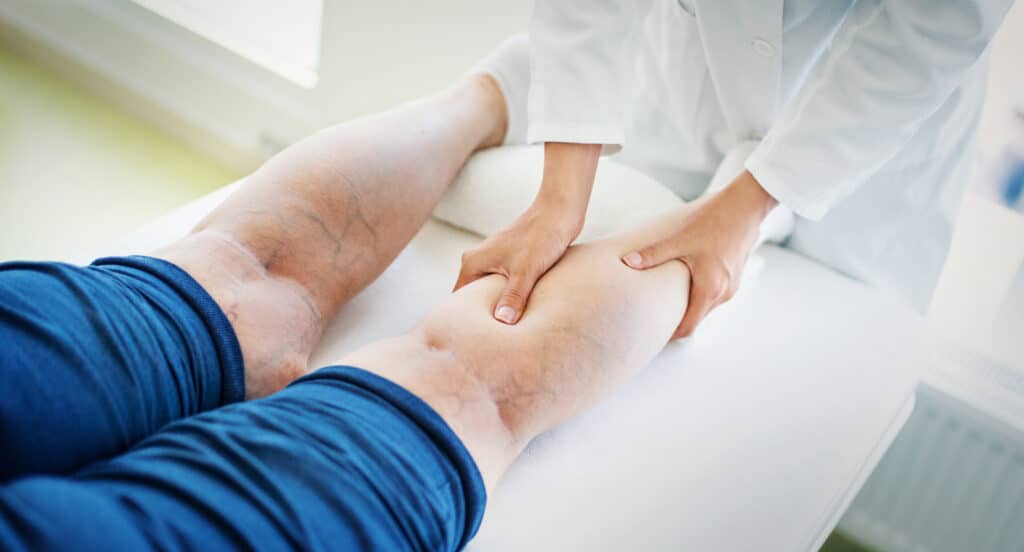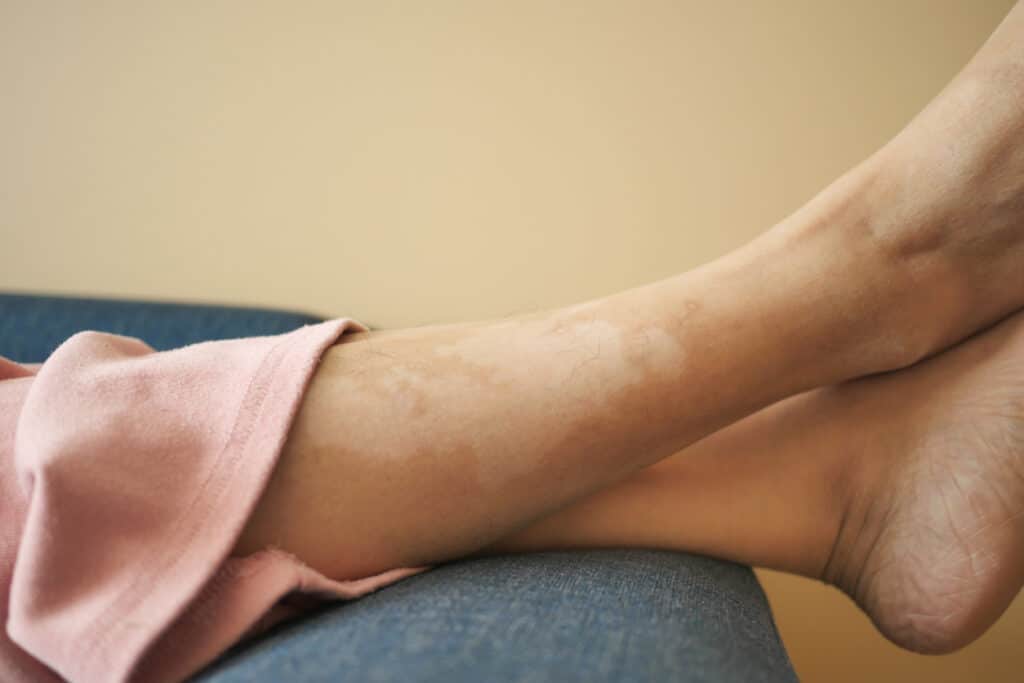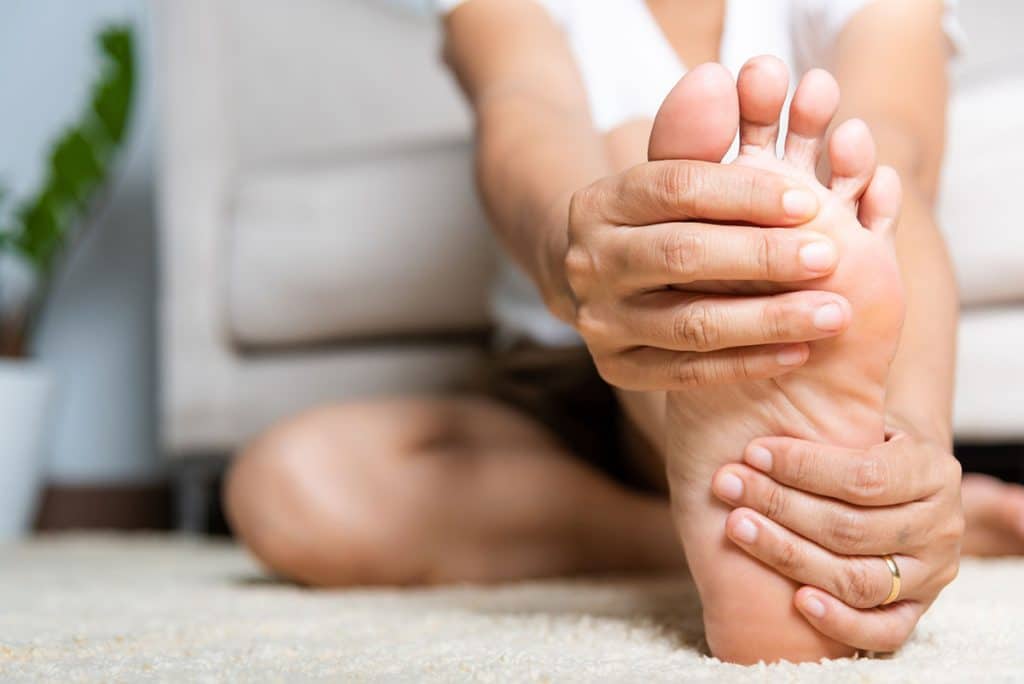There is hope in minimally invasive treatments for millions of Americans who suffer from peripheral artery disease (PAD) with claudication (leg pain). Angioplasty is a procedure that opens up blocked arteries. This occurs by inserting tiny balloons or wire mesh to widen arteries. Thus allowing for better blood flow. This can be used on patients suffering from PAD as indicated by leg pain when walking. In addition to this treatment option, stents are often inserted into these narrowed vessels after angioplasty. Stents act like scaffolding inside the vessel walls so they do not close back up. Preventing more blockages down the line.
With a single blockage, some lifestyle changes can help you avoid invasive treatment. But, if the arterial blockages are preventing walking, difficulty breathing or an inability to move one side of your body then surgical intervention may be necessary.
Adopting healthy diet habits is recommended for people with PAD. Quitting smoking should also go hand-in-hand because it reduces blood flow at baseline levels. Research shows that even passive inhalation can promote PAD. This was found from research conducted by scientists from all over the world who specialize on this subject area. Such as the centers of Stanford University Medical Center and Boston’s Brigham & Women’s Hospital among others.
What Is Claudication?
Claudication is the result of insufficient blood flow to PAD patients’ lower leg muscles when they exercise. The lack of adequate circulation has a variety of causes, but most often it’s due to atherosclerotic changes in the patient’s arteries that make for narrowed or blocked passages. Minimally-invasive procedures like angioplasty can be used as treatment options because there are no widely accepted medications and usually with long lasting success rates.
What Occurs During Angioplasty?
During an angioplasty and or stent procedure, you will be mildly sedated and given a local anesthetic where the insertion of a small balloon will be used to dilate a narrowed segment of an artery. This procedure usually requires less than a 24-hour hospital stay.
A vascular surgeon will begin the procedure by placing a tiny needle into the blood vessel in your groin. A tiny flexible wire will be inserted through this needle. The surgeon will be able to see your artery with live x-ray pictures. Dye will be injected into your body to show blood flow through your arteries making it easier for the surgeon to see the blocked area.
Carefully guiding the thin tube through your artery, the surgeon will direct the catheter to the affected area. The vascular surgeon will then push another catheter with a very small balloon on the end over the guide wire, and into the affected area. The balloon is then filled with air, which opens the blocked vessel and restores blood flow to your leg.
A stent may also be placed in the blocked area. The stent is inserted at the same time as the balloon catheter. It expands when the balloon is blown up. The stent is left in place to help keep the artery open. Once the stent is placed the balloon and all the wires are then removed.
After The Procedure
After an angioplasty procedure, your doctor will likely recommend that you take aspirin. This helps prevent blood clots from forming in the stent. However, they also usually suggest taking another anti-clotting medicine as well. The duration could be up to 1 month following the surgery. These medicines are taken daily after meals with plenty of water until it is no longer necessary. The doctor who performed the operation on you, should let you know about your medication. You should avoid vigorous exercise and heavy lifting after the operation. These actions can lead to increased chances for complications like bleeding. Your physician will specify when you can resume normal activity.
Angioplasty and stents help prevent arteries from becoming narrow or blocked again in the months or years after the procedure. Continuing the lifestyle changes recommended by your doctor can help prevent plaque from building up in your arteries again. You should also take all medicines as your doctor prescribes. Your doctor may also suggest taking statins, which are medicines that lower blood cholesterol levels further preventing the buildup of plaque in your arteries.
Contact Coastal Vascular Center For Your Vascular Treatment Options
If you have PAD or if you are concerned that you may have it, contact us at Coastal Vascular Center today. We have a range of treatment options and can work with you on strategies to lower your risk of peripheral artery disease.




